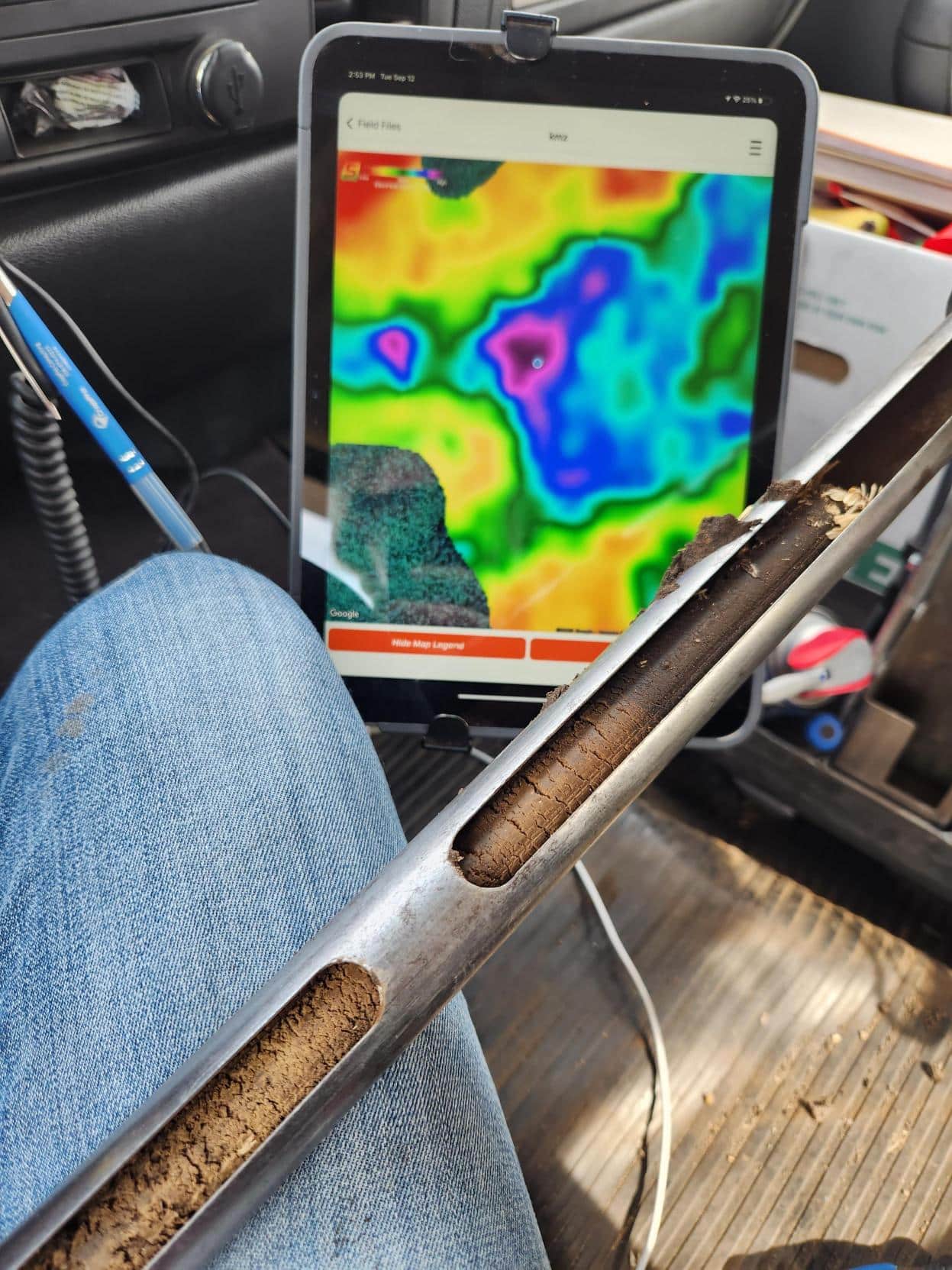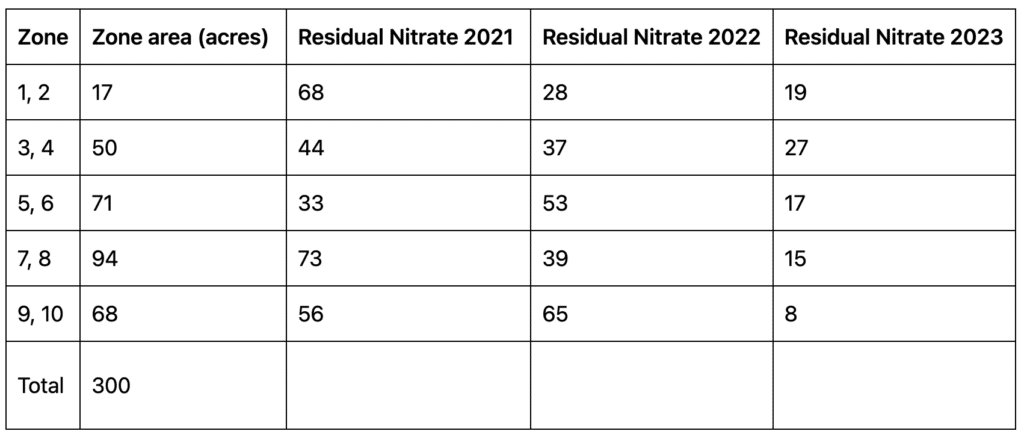Effect of residual nitrate on N-fixation in pulse crops – will too much N hinder or help?

Lara de Moissac
Precision Agronomist
lara.demoissac@swatmaps.com
Drought in parts of the Prairies and Northern Great Plains has affected crop growth at various stages of the past year. Yields ranged from average to mediocre to less than ideal, to put it gently. Along with growing conditions being variable, so are soil nitrate levels after a round of soil testing. When a pulse crop is in the rotation, it’s worth looking at these soil nitrate test results to assess how much N is available. If there’s too much N, it’s worth putting another crop on that field and use the ability of pulses to fix their own N on a field with less residual N. We want to take advantage of the N-sparing effect pulse crops offer. But what happens if there’s too much residual nitrate? Will pulse crops even initiate nodulation?
First, it might be helpful to review the process of nodulation initiation and how the crop receives N from an effective nodule. It begins by pulse crop roots releasing molecular signals to rhizobia in the rhizosphere to infect the plant’s root hairs. Close contact between bacteria and the root hair is necessary for an attachment to occur. Then, rhizobia respond by secreting a compound that activates root hair deformation, or the beginning of nodules in roots. After the nodule is formed and all the necessary conditions are met, rhizobia supply usable ammonium ions for protein production in the plant, in exchange for energy supply in the form of carbohydrates. That’s the process in a nutshell, although there are many more steps between signaling and N-fixation. If there are high enough levels of nitrate in soil, pulse crops will use that form of N instead of initiating nodulation by sending out the molecular signal.
How much is too much?
Overall nitrogen fixation by pulse crops is known to be affected by mineral N availability in the soil (Voisin et al., 2003) and studies in Saskatchewan and Manitoba with lentils and soybeans, respectively, have shown varying results. Lentil yield was not affected by 80 lbs/ac N, if inoculant was used (Bremer et al. 1988) and although not directly tested on peas, could serve as a general guideline. Nitrogen fixation is also known to vary during the growth cycle of pulse crops; early growth is sustained by the N content in such large seeds, but that N can be exhausted before nitrogen fixation is initiated — which begs the question, is there enough N for the crop between seed N depletion, and when N-fixation begins if an inoculant is not used, or the field has no or low background levels of rhizobia?
How can soil sampling by zone help?

Using a general rule of 50 lbs/ac as the level at which pulse crop N-fixation will be delayed or hindered, about 60 percent and 46 percent of the example field in Table 1 would have residual nitrate levels that exceed the guideline for a pulse crop planted in spring of 2022 and 2023, respectively. If a composite sampling plan were used for this field in 2021, the average nitrate level of 33 lb/ac would be misleading, as much of the field is above 50 lb/ac. For spring of 2024, this field has suitably low residual nitrate levels to plant a pulse crop and still maintain an N-sparing effect. SWAT MAPS zone-based sampling helps determine both high and low residual nitrate levels by zone and delineates how much of the field is above the proposed threshold. As a planning tool for next year’s crops, knowing the area of a field that has residual N above the proposed threshold is beneficial.
References:
Bremer, E., R.J. Rennie, and D.A. Rennie. 1988. Dinitrogen fixation of lentil, field pea and fababean under dryland conditions. Can. J. Soil Sci. 68: 553–562.
Voisin, A.S., C. Salon, C. Jeudy, and F.R. Warembourg. 2003. Root and nodule growth in Pisum sativum L. in relation to photosynthesis: analysis using 13C-labelling. Ann. Bot. 92: 557–563.









